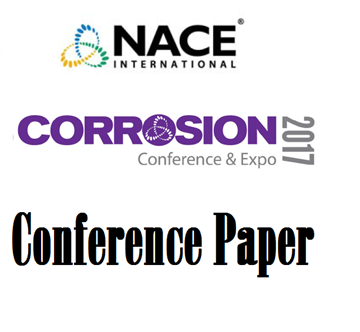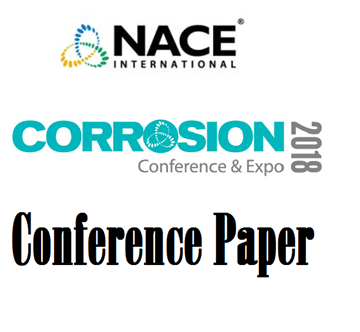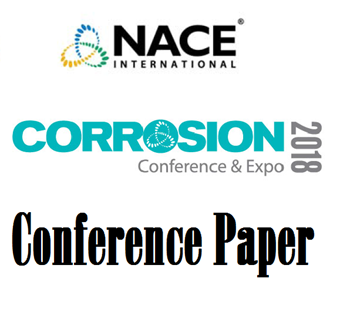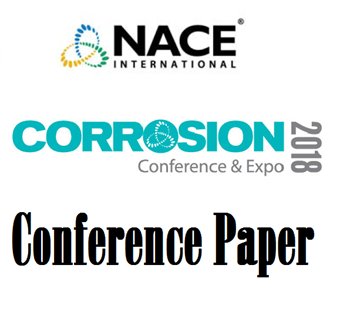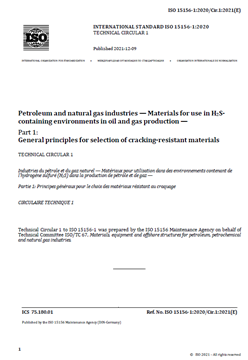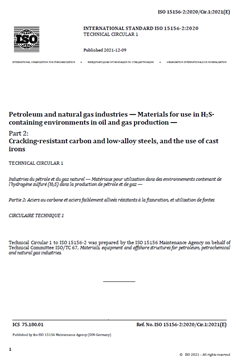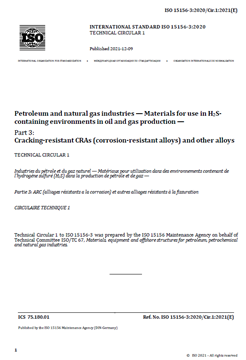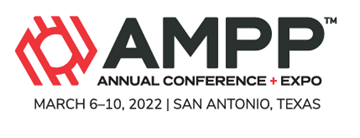Search
Products tagged with 'nace mr0175/iso 15156'
View as
Sort by
Display
per page
51317--9645-Sulfide Stress Cracking (SSC) Resistance of AISI 420 Modified (13Cr) Martensitic Stainless Steel Bar
Product Number:
51317--9645-SG
ISBN:
9645 2017 CP
Publication Date:
2017
$20.00
51318-10899-Case Histories of Low Alloy Steel Used for Completion Tools in High-H2S and -CO2 Environments
Product Number:
51318-10899-SG
Publication Date:
2018
$20.00
51318-11165-Welding Metallurgy and Weld Metal Properties of UNS N07022 Alloy
Product Number:
51318-11165-SG
Publication Date:
2018
$20.00
51318-11294-NACE MR0175/ISO 15156: Update on current document and where are we going?
Product Number:
51318-11294-SG
Publication Date:
2018
$20.00
ANSI/NACE MR0175-2021/ISO 15156-1:2020 Technical Circular 1 (for Part 1)
Product Number:
15156-1-2020
Publication Date:
2021
$25.00
ANSI/NACE MR0175-2021/ISO 15156-2:2020 Technical Circular 1 (for Part 2)
Product Number:
15156-2-2020
Publication Date:
2021
$25.00
ANSI/NACE MR0175-2021/ISO 15156-3:2020 Technical Circular 1 (for Part 3)
Product Number:
15156-3-2020
Publication Date:
2021
$25.00
Optimizing Sour Gas Qualification Testing – Modeling the Effects of Temperature and Total Pressure on H2S Fugacity, Activity, and Solubility Coefficients
Product Number:
51323-18762-SG
Publication Date:
2023
$20.00
Rethinking Sulfide Stress Cracking (SSC) Resistance Super Martensitic Stainless Steel (SMSS-13Cr) Bar Stock With 95 Ksi MY
Product Number:
51322-17614-SG
Publication Date:
2022
$20.00
Sulfide Stress Cracking Test of TMCP Pipeline Steels in NACE MR0175 Region 3 Conditions
Product Number:
51320-14446-SG
Publication Date:
2020
$20.00
Sulfide-Stress Cracking Threshold Stresses and Operational Limits for the Safe Use of UNS S17400 (17–4PH) in Oilfield Services
Product Number:
51320-14431-SG
Publication Date:
2020
$20.00
Welding Procedure Development For A 13Cr-5Ni-2Mo (UNS S41426) Super Martensitic Stainless Steel
Product Number:
51321-16840-SG
Publication Date:
2021
$20.00

